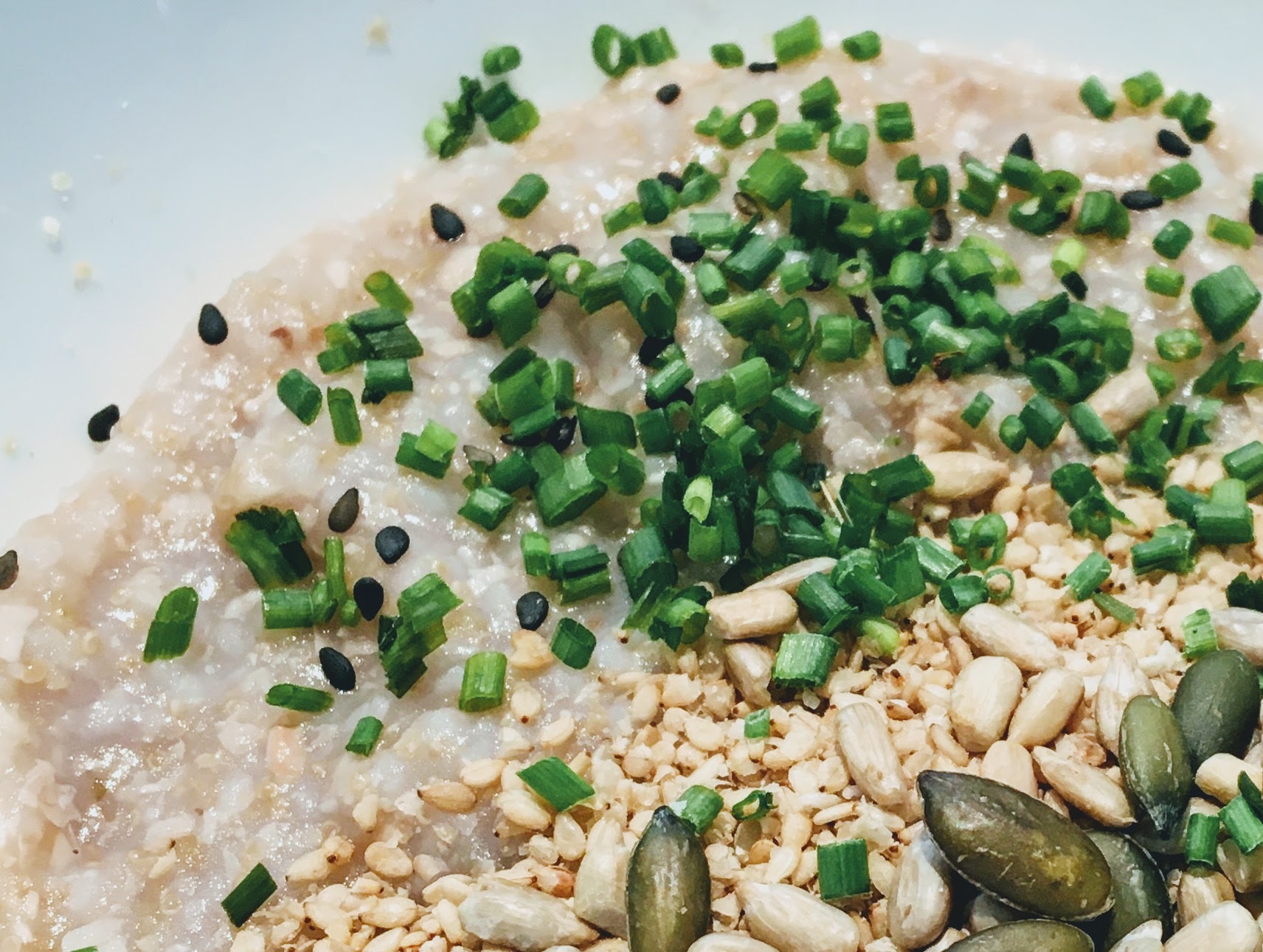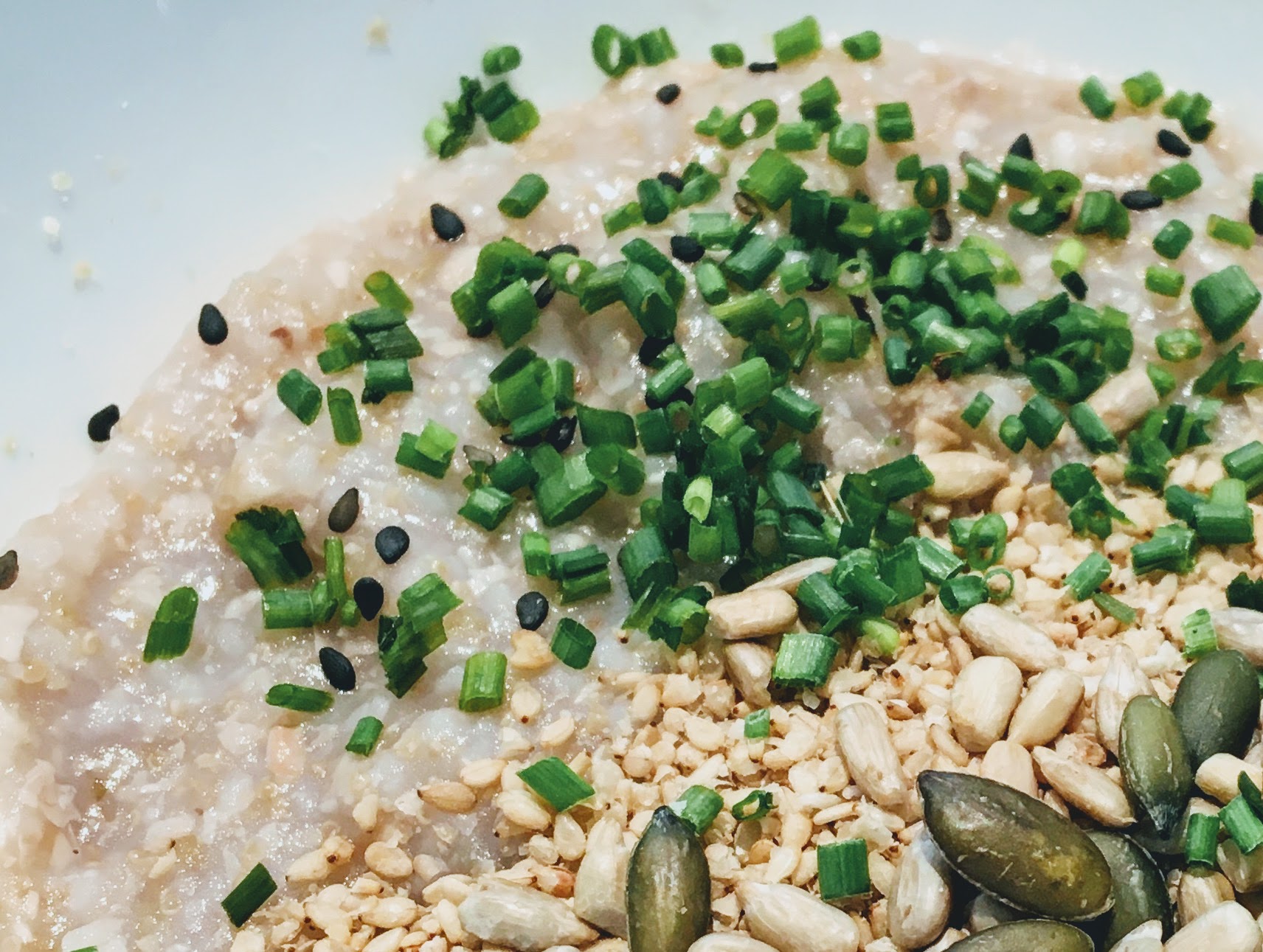
If I don’t drink milk, what shall I have for breakfast?
This is something I keep being asked about in all my cooking classes and workshops.
And my answer is always the same: we need complex carbohydrates to obtain stable energy and prevent our sugar levels go wild.
The old cereal grain porridge cooked on low heat is an excellent option. Why?
Whole cereal grains are a good source of fiber, which lowers the glycemic index. Unlike polished grains, which only provide empty carbohydrates, whole grains incorporate everything necessary to digest them, enzymes, vitamins (especially B-vitamins), proteins and fats. They also keep their ability to grow, unlike refined grains.
Buckwheat and amaranth both are totally gluten free. In fact, they are not even cereal grains but seeds.
Buckwheat is very popular in Russia, known as kasha, and is widely consumed during the cold months. It is very energetic, relieves tiredness, provides inner heat and boosts digestion.
Amaranth is of Aztec origin, very rich in vitamin C, fiber and proteins. It contains twice as much calcium as milk! Highly recommended for athletes, pregnant women, babies and children in general.
Serves 3-4 | Difficulty: Low | Preparation: 5 min. | Cooking: 50-60 min.
INGREDIENTS:
3/4 cup buckwheat
1/4 cup amaranth
1 cinnamon stick
1 slice of fresh ginger
Lemon peel (about 5 – 10 cm.)
1 pinch of unrefined sea salt
5 cups of spring water
PREPARATION
Rinse the grains well under tap water and put them in a thick-bottomed pot along with all the other ingredients.
Bring to a boil and lower the fire to a minimum.
Cook over low flame (if you have gas stove, place a flame spreader under the pot) for 50 or 60 minutes.
Finally, turn off the fire, let sit for 5 minutes and discard the ginger, cinnamon and lemon peel.
You may process it in a food mill by hand. Do not use an electric blender.
Serve with some roasted sunflower and pumpkin seeds, or a little bit of gomasio and thinly chopped chives.
Note: If you prefer the sweet version, you can use some plant-based drink or fruit juice (make sure it is not “from concentrate” and it keeps its pulp, no added sugars, etc.). You can also add a teaspoon of rice syrup. This sweet option is good only if your digestion is strong enough. Otherwise, the salty version is the best option.
In this recipe, if you want it more savoury, you can add a few drops of tamari in the last 5 minutes of cooking.
Enjoy!
See you soon.







